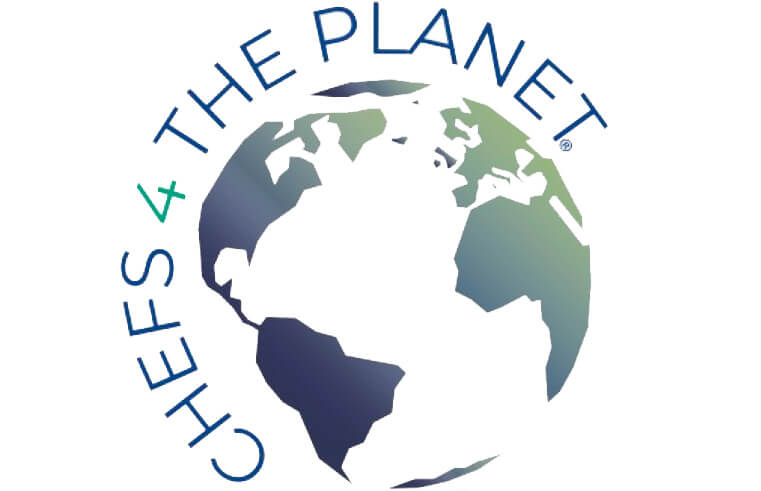A rapid change in eating habits is deemed necessary to avoid climate catastrophe. But what are the future solutions being proposed, and how far are governments going to make them a reality?
On 29 November 2006, an authoritative study called Livestock’s Long Shadow arrived on the screens and desks of policymakers, campaigners and journalists across the world. Released by the Food and Agriculture Organization of the UN, the first of its kind report provided alarming news. It detailed how the world’s livestock sector was a major contributor to greenhouse gas emissions, producing more than all the planes, trains, buses and cars across the globe. It told us that the expansion of livestock production was a key factor in deforestation and detailed how livestock production accounted for a whopping 70 per cent of all agricultural land and 30 per cent of the total land surface of the planet. The report concluded that livestock was ‘one of the most significant contributors to the most serious environmental problems, at every scale from local to global.’ In other words: the way were eating was unsustainable and we needed to adapt, fast.
More reports followed. We learned that animal agriculture isn’t the only issue: our narrow eating habits are too. For example, of the more than 30,000 edible plant species, humans eat just 150. That’s less than one per cent of the food crops available to us, with disease and loss of biodiversity the knock-on effects.
Read the rest here: https://geographical.co.uk/people/development/item/3604-the-future-of-food


